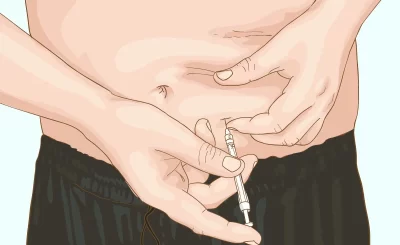In the case of a serious knee injury due to damage or disease of the knee joint, the performance of daily activities becomes disruptive. You experience torment and other unpleasant symptoms in such cases. When alternative non-surgical methods fail to resolve problems effectively, a doctor may recommend surgery for long-term and successful results.
A medical knee replacement procedure must be performed with precision and care. Specialist surgeons will carefully choose which size or type of synthetic knee to use as a replacement. It must fit completely or match the patient’s normal bones to avoid abnormalities. Even though your knees probably aren’t as strong as they used to be, you can still lead a normal life and accept its positives.
The procedure includes main steps:
Installation of the articular bone. The part of the operation involves removing the damaged ligaments and bony ends of the tibia and fibula along the edge of the healthy bone.
Implant positioning. Metal implants are then used by placing them on the prepared bone surfaces of the joint. It can be achieved by cementing mounted metal implants or press fit implants.
Reconstruction of the patella. The step involves cutting and repairing the bottom of the patella (patella) with a plastic button. It is not usually necessary in all cases.
Spacer insertion: includes the insertion of a lamellar plastic implant between the metal segments of the patella. The pad provides the vital lubrication needed for the movement of the knee joint.
It stands out among the best treatments for severely damaged knees, but the aftercare and instructions followed during the recovery period can also significantly impact its success or failure.
Here are typical instructions that are critical for effective recovery after knee replacement:
When you can stand and move around after your knee replacement, your surgeon or physical therapist will recommend the use of canes to help you learn to walk with your new knee for a few days after surgery.
Temporary braces are also used in hospitals to help the leg if the tendons that support the affected bow legs joint are badly damaged.
Keep in mind that you should be well prepared before leaving home after your knee replacement surgery. Orthopedic doctors are best at advising you on the usual basic precautions at home.
Conclusion
A physical therapist will advise you on the most effective method of learning your home layout and keeping your newly operated knee as safe as possible. They will include tips on how to get regular daily exercise effectively without discomfort or too much pain.








